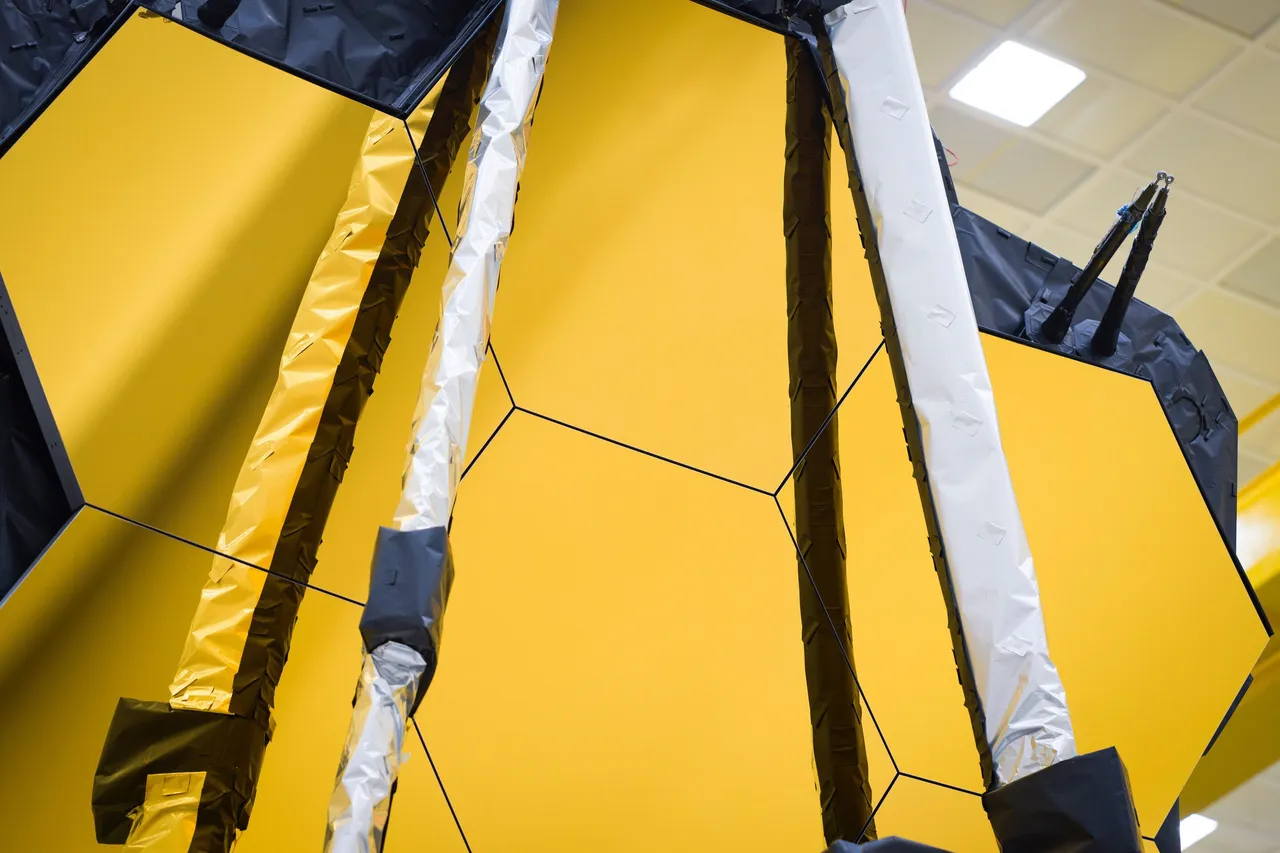
Most of the objects in the universe are receding from us as the universe expands (and the farther away they are, the faster they're receding), which causes most of the electromagnetic energy we receive from them to be stretched into the infrared. Further, exoplanets (planets which orbit stars other than our own) give-off most of their energy at infrared wavelengths. For looking deep into space (and therefore, far back into time) or for finally getting a peek at other planets in other solar systems, infrared is where it's at.
After 16 years of waiting, building, testing, failure, fixes, and more testing... we are finally within a few months of the launch of the James Webb Space Telescope. (JWST).
https://phys.org/news/2021-03-nasa-james-webb-space-telescope.html
With 734% of the light-gathering power of Hubble, this will be by far the most sensitive optical instrument we've ever pointed at the stars from a vantage-point outside of Earth's turbulent, murky atmosphere. She won't be providing the crowd-pleasing photos that Hubble became famous (and popular) for because her cameras are sensitive in the infrared portion of the spectrum instead of the visible portion, but this is a dream-instrument as far as understanding the early universe and other worlds goes.
TESS (the Transiting Exoplanet Survey Satellite) has been up and finding exoplanets for three years now, and has identified quite a few likely solar systems in our galaxy. It's about time we go have a look, isn't it?
Because we need to get this sensitive instrument out of the infrared glare of dear-old Earth, it won't be in geocentric orbit. Instead, we're going to park it in the most popular off-world parking lot in the solar system, at the Earth-Sun L2, roughly 1.5 million kilometers away from the place you're sitting right now. (That's about 4 times as far away as the moon). Parking it at L2 (technically, putting it into a very small orbit around L2) will ensure that it maintains its position relative to Earth as our home world makes its yearly journey around the Sun.
I was not yet 30 when the intent to build the JWST was first announced. I am now 55. If all goes well, it will have been worth the wait.
The JWST is scheduled to launch on Halloween this year.
"Physics is like sex: sure, it may give some practical results, but that's not why we do it." -- Richard Feynman
For those readers of a certain age that have loved astronomy and astrophysics their entire lives... the JWST mirror (and here I mean the combined area of the cells) will be quite a bit larger than the famed Mt. Palomar 200-inch Hale telescope that seemed so unsurpassably large when we were kids.
